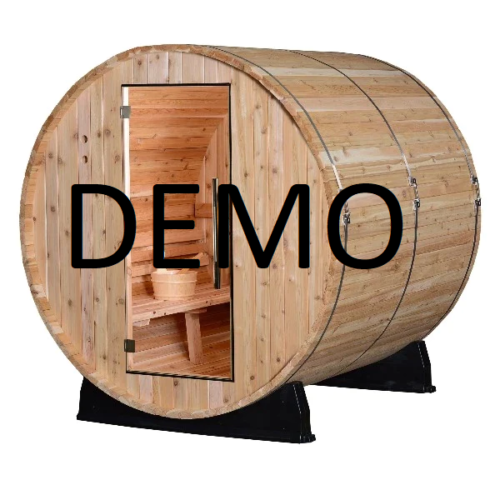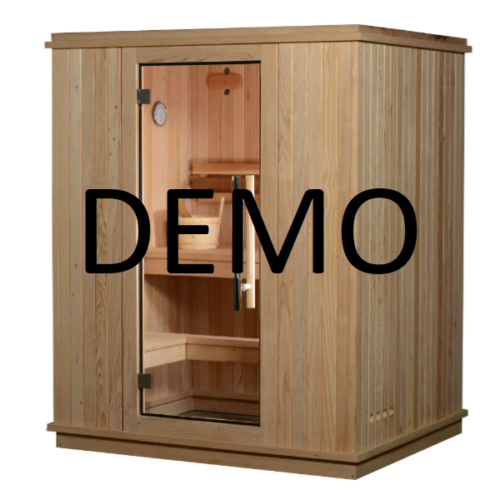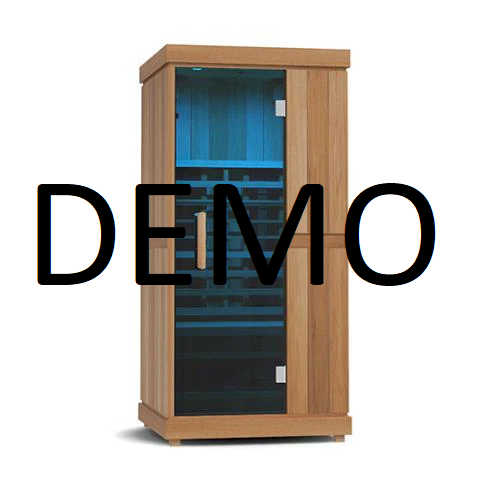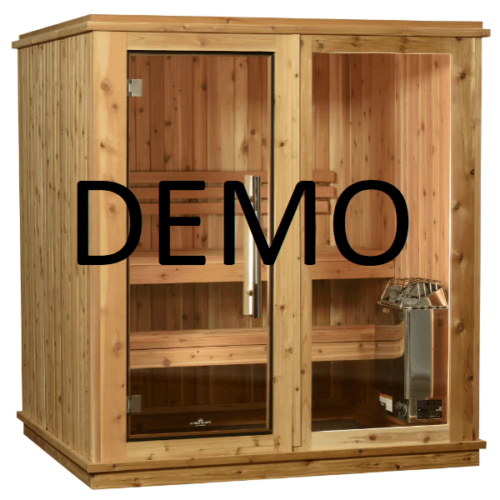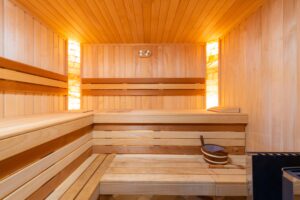 What exactly is a Sauna?
What exactly is a Sauna?
A sauna is a heated room between 70deg and 100deg Celsius, or 135deg and 212deg Fahrenheit.
The traditional Finnish saunas are usually dry, with relative humidity between 10 and 20%. Other sauna types have higher moisture levels. Turkish-styled saunas, as an example, have a higher level of moisture.
Sauna use can increase the skin’s temperature by approximately 40deg Celsius (104deg Fahrenheit).
Heavy sweating occurs as the skin temperature increases. As the body tries to cool itself, heart rate increases. While in the sauna, it is not unusual to sweat about one pint.
Types and types of saunas
The type of sauna you choose will depend on the way that room is heated.
Included are:
• Wood-burning: The sauna room and rocks are heated with wood. Wood-burning Saunas have a low humidity level and a high temperature. However, you can manually pour water over the rocks to increase the humidity. You should be aware that wood-burning saunas come with a fresh air intake, a fireplace, and a fire-proof barrier around the wood stove.
• Electrically heated Similar to wood-burning Saunas, electrically heated saunas have low humidity and high temperatures. A heater attached to the wall, ceiling, or floor of the sauna room heats it.
• Infrared (recommended only for indoor use) Far-infrared (FIRS) saunas and NEAR infrared (NIR) saunas are not the same as wood-burning or electrically heated saunas. Light waves are used by special lamps to heat the body of a person, and not the room. The temperatures are usually lower than in other saunas but people still sweat the same way. Infrared saunas usually have temperatures around 60deg Celsius. People with health problems or mobility issues who find it difficult to stand the high temperatures of a traditional sauna are recommended far-infrared baths.
• Steam Room: They are different from Saunas. A steam room uses moist heat and high humidity instead of dry heat.
What are steam rooms/steam showers?
Steam rooms are created by a generator that pumps water into a closed space, causing the air to be moist when people sit in it.
A steam room’s temperature is usually between 110-115 degrees with 100 percent humidity.
The steam in a steam room is more beneficial than a sauna. It opens the sinuses and loosens stiff muscles (some athletes use saunas before competitions and exercise), it removes toxins from the skin, and it can be used to treat acne.
Sauna construction-Wood
Wood used in the construction of a sauna, steam room, or other similar device varies depending on factors such as manufacturer, location and cost.
Many manufacturers offer and recommend several sauna models made from different materials. These include Aspen, Pine Basswood, Poplar Spruce Hemlock Redwood Cedar.
Hemlock and Cedar are the most common materials used in saunas.
Hemlock and Cedar are ideal for saunas because they are light, resistant to moisture, do not warp, split or crack like other woods and resist decay.
They are also comfortable, clean and have anti-bacterial and anti-fungal properties. Aspen makes a great choice for saunas. Aspen, Western Red Cedar & Hemlock Saunas are usually a bit more expensive than other wood-constructed saunas, but they last longer under normal conditions.



